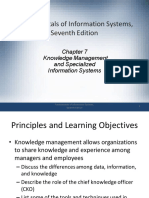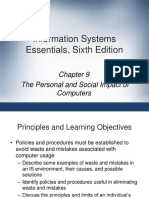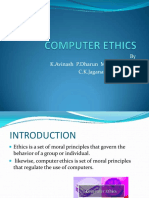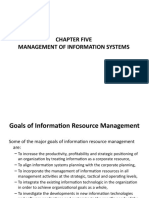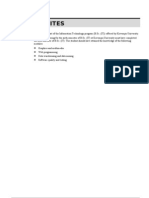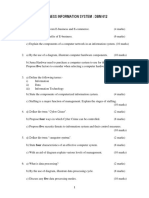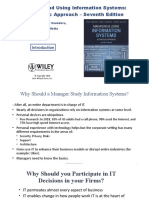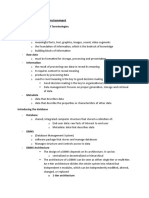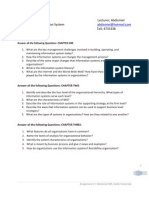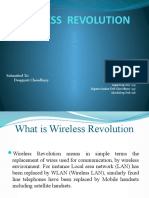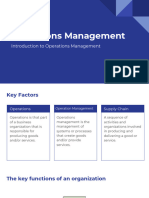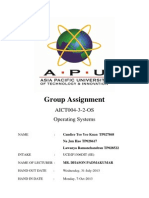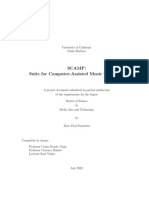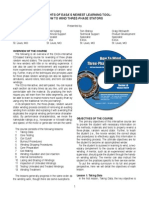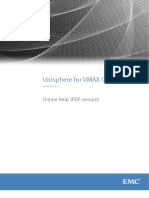0% found this document useful (0 votes)
246 views14 pagesChapter 4
This chapter discusses the ethical and social issues raised by information systems. It addresses five moral dimensions: information rights and obligations, property rights and obligations, accountability and control, system quality, and quality of life. New technologies like data mining and the internet challenge privacy and intellectual property. The chapter also examines issues around data quality, computer errors, and the impacts of rapid technological change.
Uploaded by
RohanCopyright
© © All Rights Reserved
We take content rights seriously. If you suspect this is your content, claim it here.
Available Formats
Download as PDF, TXT or read online on Scribd
0% found this document useful (0 votes)
246 views14 pagesChapter 4
This chapter discusses the ethical and social issues raised by information systems. It addresses five moral dimensions: information rights and obligations, property rights and obligations, accountability and control, system quality, and quality of life. New technologies like data mining and the internet challenge privacy and intellectual property. The chapter also examines issues around data quality, computer errors, and the impacts of rapid technological change.
Uploaded by
RohanCopyright
© © All Rights Reserved
We take content rights seriously. If you suspect this is your content, claim it here.
Available Formats
Download as PDF, TXT or read online on Scribd
/ 14



